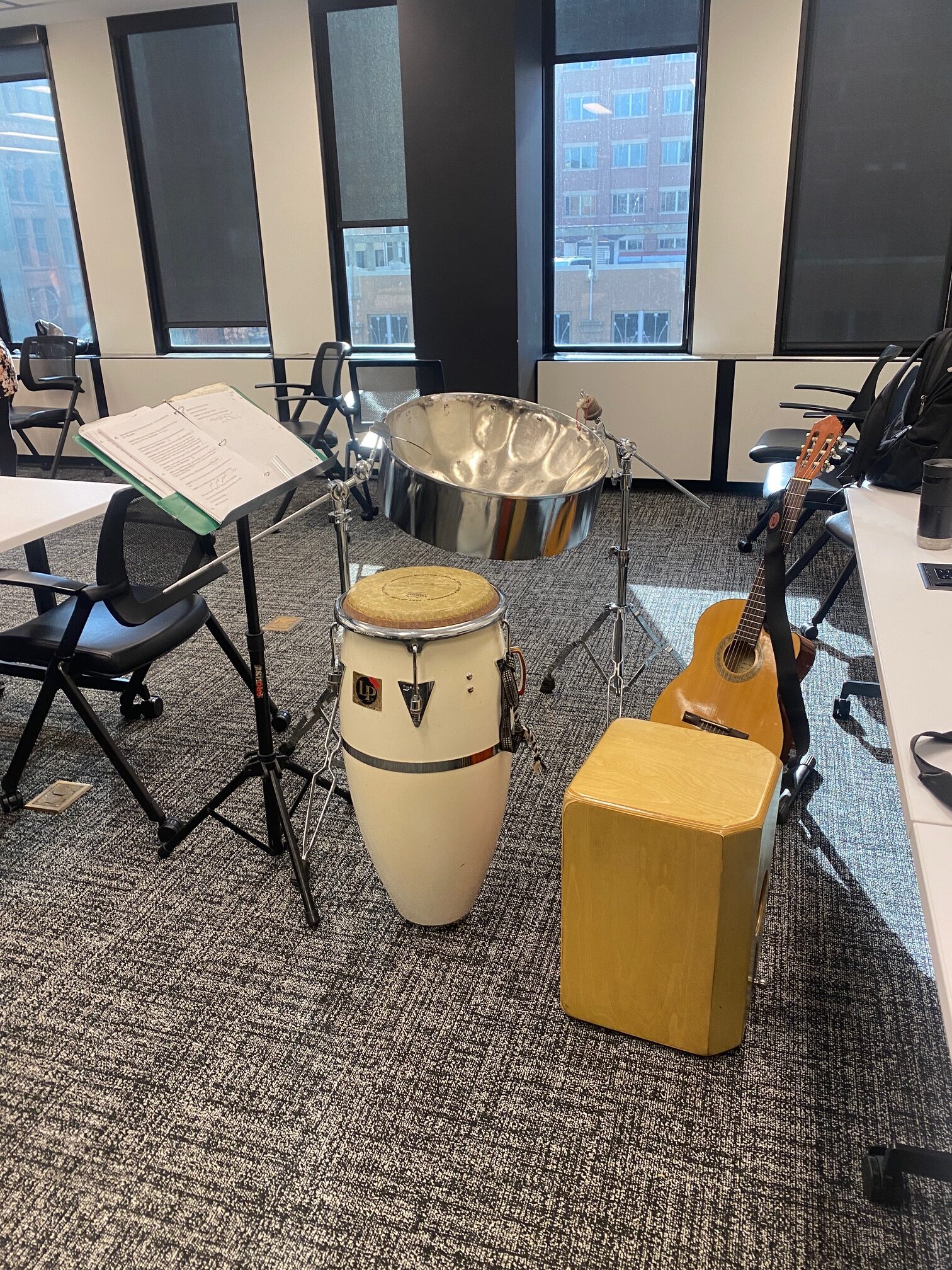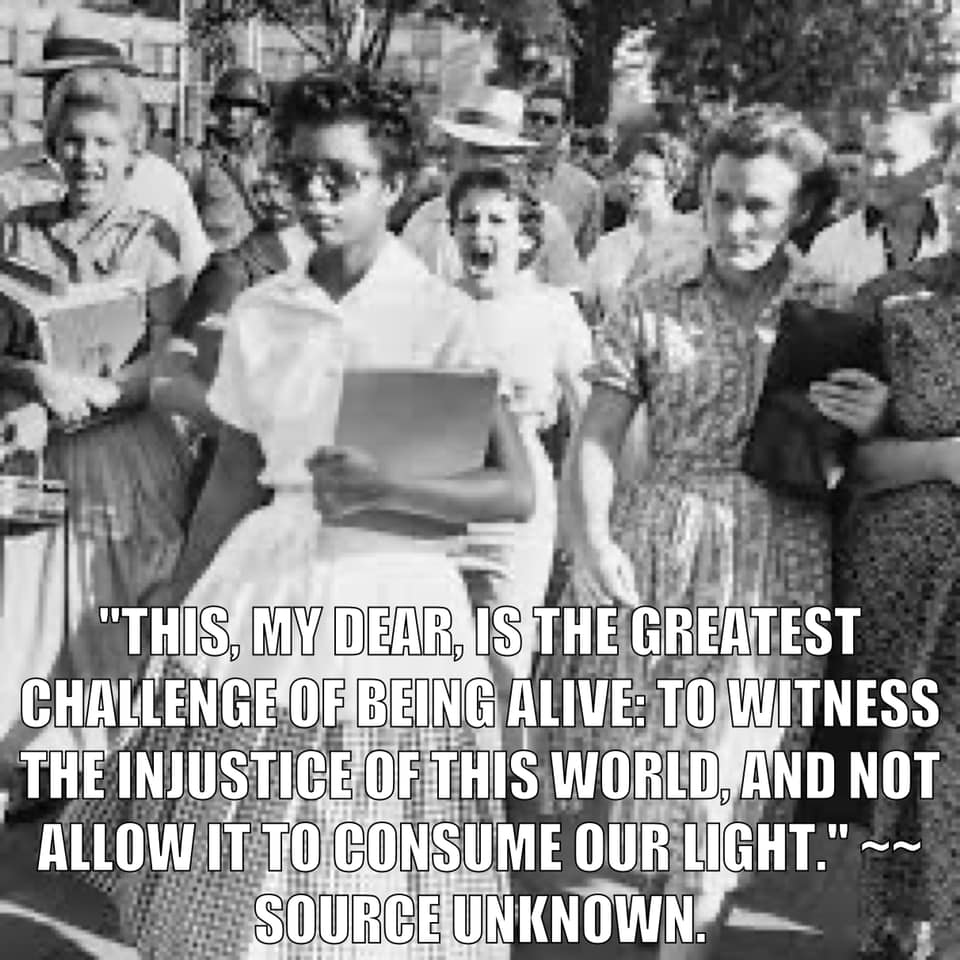Blog
Julia Lee (October 31, 1902 – December 8, 1958 Boonville, MO) was an American blues and dirty blues musician.Her most commercially successful number was the US Billboard R&B chart topping hit “(Opportunity Knocks But Once) Snatch and Grab It” in 1947. She is best known for her trademark double entendre songs.
more...Grace Slick (born Grace Barnett Wing; October 30, 1939 Highland Park, Ill) is an American retired musician and painter whose musical career spanned four decades. She was a prominent figure in San Francisco‘s psychedelicmusic scene during the mid-1960s to the early 1970s.
Initially performing with the Great Society, Slick achieved fame as the lead singer and frontwoman of Jefferson Airplane and the subsequent spinoff bands Jefferson Starship and Starship. Slick and Jefferson Airplane achieved significant success and popularity with their 1967 studio album Surrealistic Pillow, which included the top-ten US Billboard hits “White Rabbit” and “Somebody to Love“.
With Starship, she sang co-lead for two number-one hits, “We Built This City” and “Nothing’s Gonna Stop Us Now“. She has released four studio albums as an independent artist. Slick retired from music in 1990, but continues to be active in visual arts. In 1996, Slick was inducted into the Rock and Roll Hall of Fameas a member of Jefferson Airplane.
more...
Near the outskirts of the Small Magellanic Cloud, a satellite galaxy roughly 200 000 light-years from Earth, lies the young star cluster NGC 602, which is featured in this new image from the NASA/ESA/CSA James Webb Space Telescope. This image includes data from Webb’s NIRCam (Near-InfraRed Camera) and MIRI (Mid-InfraRed Instrument). The local environment of this cluster is a close analogue of what existed in the early Universe, with very low abundances of elements heavier than hydrogen and helium. The existence of dark clouds of dense dust and the fact that the cluster is rich in ionised gas also suggest the presence of ongoing star formation processes. This cluster provides a valuable opportunity to examine star formation scenarios under dramatically different conditions from those in the solar neighbourhood. [Image description: A star cluster is shown inside a large nebula of many-coloured gas and dust. The material forms dark ridges and peaks of gas and dust surrounding the cluster, lit on the inner side, while layers of diffuse, translucent clouds blanket over them. Around and within the gas, a huge number of distant galaxies can be seen, some quite large, as well as a few stars nearer to us which are very large and bright.]

more...
Trilok Gurtu (born 30 October 1951) is an Indian percussionist and composer whose work has blended the music of India with jazz fusion and world music.
He has worked with Terje Rypdal, Gary Moore, John McLaughlin, Jan Garbarek, Joe Zawinul, Michel Bisceglia, Bill Laswell, Maria João & Mário Laginha, Stefano Bollani and Robert Miles.
more...Poncho Sánchez (born Ildefonso Sanchez, October 30, 1951 Loredo, TX) is an American conguero(conga player), Latin jazz band leader, and salsa singer. In 2000, he and his ensemble won the Grammy Award for Best Latin Jazz Album for their work on the Concord Picante album Latin Soul. Sanchez has performed with artists including Cal Tjader, Mongo Santamaría, Hugh Masekela, Clare Fischer, and Tower of Power.
In 1975, Sanchez’s idol, vibraphonist Cal Tjader, invited him to perform a set with his band. Seeing the young man’s talent, Tjader hired Sanchez for a week before officially making him a full member of the ensemble. Sanchez played a crucial role as conguero for several years until Tjader’s death in 1982.
Before he died, Tjader suggested that Concord Records founder Carl Jefferson sign Sanchez and his soon-to-be-formed group under the Concord Picante label. Tjader’s wishes were honored, and the first two records were composed and arranged by long-time Tjader collaborator Clare Fischer. Sanchez went on to produce 19 albums for the label, eventually garnering a Grammy for his work.
AllMusic described Sanchez as “among the most influential percussionists in jazz.” He has been performing frequently in venues varying in size from concert halls to local jazz festivals. His 2005 CD, Do It!, features the funk band Tower of Power on two tracks, as well as South African trumpeter Hugh Masekela.
more...Clifford Benjamin Brown (October 30, 1930 – June 26, 1956 Wilmington, DE) was an American jazz trumpeter, pianist and composer. He died at the age of 25 in a car crash,leaving behind four years’ worth of recordings. His compositions “Sandu”, “Joy Spring”, and “Daahoud” have become jazz standards. Brown won the DownBeat magazine Critics’ Poll for New Star of the Year in 1954; he was inducted into the DownBeat Hall of Fame in 1972.
One of the most notable developments during Brown’s period in New York was the formation of Art Blakey‘s Quintet, which would become the Jazz Messengers. Blakey formed the band with Brown, Lou Donaldson, Horace Silver, and Curley Russell, and recorded the quintet’s first album live at the Birdlandjazz club. During one of the rehearsal sessions, fellow trumpeter Miles Davis listened and joked about Clifford Brown’s technical ability to play the trumpet. The live recording session ultimately spanned two days with multiple takes needed on only a couple of the tunes.
A week at Club Harlem in May 1952 featured alto saxophonist Charlie Parker and Brown. Brown later noted that Parker was impressed by his playing, saying privately to the young trumpeter “I don’t believe it.”
Just before the formation of the Clifford Brown/Max Roach Quintet, journalist Nat Hentoff and Brown interviewed for a DownBeat article titled “Clifford Brown – the New Dizzy”.
more...The Cuban Music Institute confirmed the death of Manuel “Guajiro” Mirabal, renowned trumpeter of the Buena Vista Social Club, on October 28 via a statement on its Facebook page.
Born in 1933, Mirabal was a towering figure in Cuban music, dedicating over 70 years to his career. He was the founder of the Orquesta Tropicana and performed with prominent ensembles, including the Orquesta Casino, Cabaret Parisién Orchestra, Hotel Nacional Orchestra, ICRT Orchestra, Orquesta Cubana de Música Moderna, and both the National Revolutionary Militia and Army ceremonial bands. He was celebrated for his virtuosity on the trumpet.
Throughout his career, Mirabal collaborated with international artists like salsa star Oscar D’León, who coined the nickname “El Guajiro de Cuba” during a 1980 visit to Havana. Mirabal was an early member of the Afro-Cuban All Stars and rose to global prominence with Buena Vista Social Club, earning a Grammy in 1998 for the group’s debut album, which became the best-selling Cuban record in history. Mirabal also appeared in Wim Wenders’ documentary Buena Vista Social Club, which was nominated for an Academy Award in 1999.
In 2004, British label World Circuit Records released Buena Vista Social Club Presents Manuel ‘Guajiro’ Mirabal, marking his solo debut.
more...Willem Bernard “Pim” Jacobs (29 October 1934 – 3 July 1996) was a Dutch jazz pianist, composer and television presenter.
Jacobs was born on 29 October 1934 in Hilversum, the Netherlands. His parents were artistic. He started playing the piano at the age of six. His brother, Ruud, was born in 1938 and became a jazz bassist. Pim and Ruud formed a trio with drummer Wessel Ilcken in 1954. The band grew with the addition of guitarist Wim Overgaauw and Ilcken’s wife, Rita Reys. The trio recorded with Herbie Mann in 1956.Following Ilcken’s death in 1957, Pim Jacobs and Reys performed as a duo or trio with Overgaauw, and married in 1960. They often recorded and played jazz festivals in Europe and New Orleans, “their typical program featuring arrangements of vocal music standards as well as bebop material”. He also composed film music.
more...This image from the NASA/ESA Hubble Space Telescope unbarred spiral galaxy roughly 51 million light-years away from Earth in the constellation Coma Berenices.
You can see an old image of NGC 4414 that features Hubble data from 1995 and 1999 here, which was captured as one of the telescope’s primary missions to determine the distance to galaxies. This was achieved as part of an ongoing research effort to study Cepheid variable stars. Cepheids are a special type of variable star with very stable and predictable brightness variations. The period of these variations depends on physical properties of the stars such as their mass and true brightness. This means that astronomers, just by looking at the variability of their light, can find out about the Cepheids’ physical nature, which then can be used very effectively to determine their distance. For this reason cosmologists call Cepheids ‘standard candles’.
Astronomers have used Hubble to observe Cepheids, like those that reside in NGC 4414, with extraordinary results. The Cepheids have then been used as stepping-stones to make distance measurements for supernovae, which have, in turn, given a measure for the scale of the Universe. Today we know the age of the Universe to a much higher precision than before Hubble: around 13.7 billion years.
[Image description: A large spiral galaxy is seen tilted diagonally. The arms of the galaxy’s disc are speckled with glowing patches; some are blue in colour, others are pink, showing gas illuminated by new stars. A faint glow surrounds the galaxy, which lies on a dark, nearly empty background. The galaxy’s centre glows in white.]

Peter Allen Greenbaum (29 October 1946 – 25 July 2020), known professionally as Peter Green, was an English blues rock singer-songwriter and guitarist. Green founded Fleetwood Mac in 1967 after a stint in John Mayall’s Bluesbreakers and quickly established the new band as a popular live act in addition to a successful recording act, before departing in 1970. Green’s songs, such as “Albatross“, “Black Magic Woman“, “Oh Well“, “The Green Manalishi (With the Two Prong Crown)” and “Man of the World“, appeared on singles charts, and several have been adapted by a variety of musicians.
Green was a major figure in the “second great epoch” of the British blues movement. Eric Claptonpraised his guitar playing, and B.B. King commented, “He has the sweetest tone I ever heard; he was the only one who gave me the cold sweats.” His trademark sound included string bending, vibrato, emotionally expressive tone, and economy of style.
In June 1996, Green was voted the third-best guitarist of all time in Mojo magazine. In 2015, Rolling Stone ranked him at number 58 in its list of the “100 Greatest Guitarists of All Time”. Green’s tone on the instrumental “The Supernatural” was rated as one of the 50 greatest of all time by Guitar Player in 2004.
more...Michael Ponti (29 October 1937 – 17 October 2022) was a German-American classical pianist. He was the first to record the complete piano works by Tchaikovsky, Rachmaninoff and Scriabin. He made more than 80 recordings, around 50 of rarely played concertos from the Romantic period, often the only recording of these works at the time. He played and recorded chamber music with his Ponti-Zimansky-Polasek Trio.
more...John Haley “Zoot” Sims (October 29, 1925 – March 23, 1985 Englewood, CA) was an American jazz saxophonist, playing mainly tenor but also alto (and, later, soprano) saxophone. He first gained attention in the “Four Brothers” sax section of Woody Herman‘s big band, afterward enjoying a long solo career, often in partnership with fellow saxmen Gerry Mulligan and Al Cohn.
more...More Posts
- Daily Roots with Bob Marley
- The Cosmos with NGC 5866
- Steve Goodman Day
- Don Ellis Day
- World Music with Yuva Ratna Deepak Mehta
- Daily Roots with King Tubby
- The Cosmos with NGC 1569
- Charles McPherson Day
- Billy Taylor Day
- World Music with La Refrescante Banda Aljibe
- Daily Roots with Freddie McGregor
- The Cosmos with NGC 3359
- L. Subramaniam Day
- Steve Lacy Day
- World Music with Los Ruphay
- Daily Roots with Playing for Change
- The Cosmos with Berkeley 59
- Al Di Meola Day
- Junior Cook Day
- World Music with Deepak Ram

